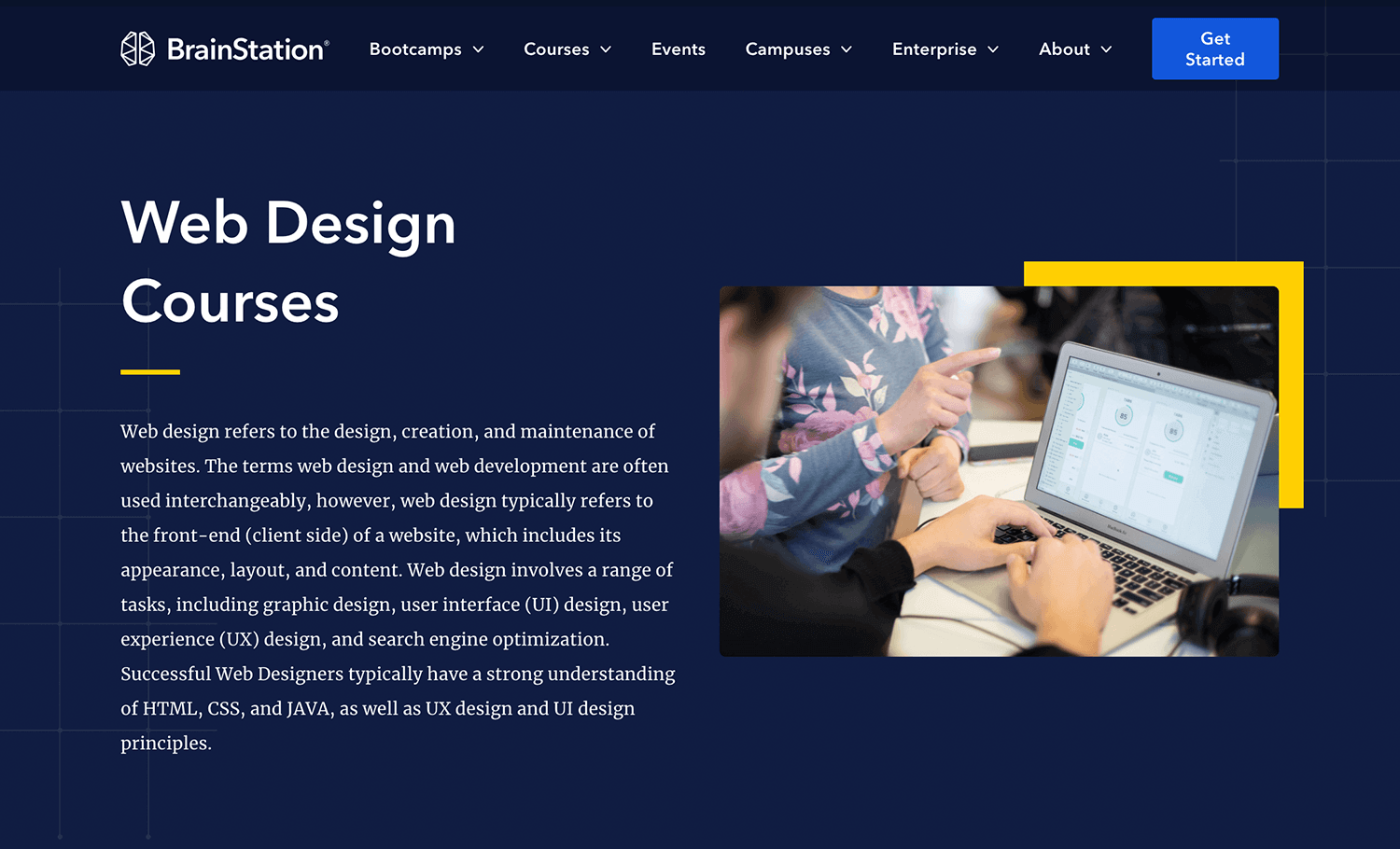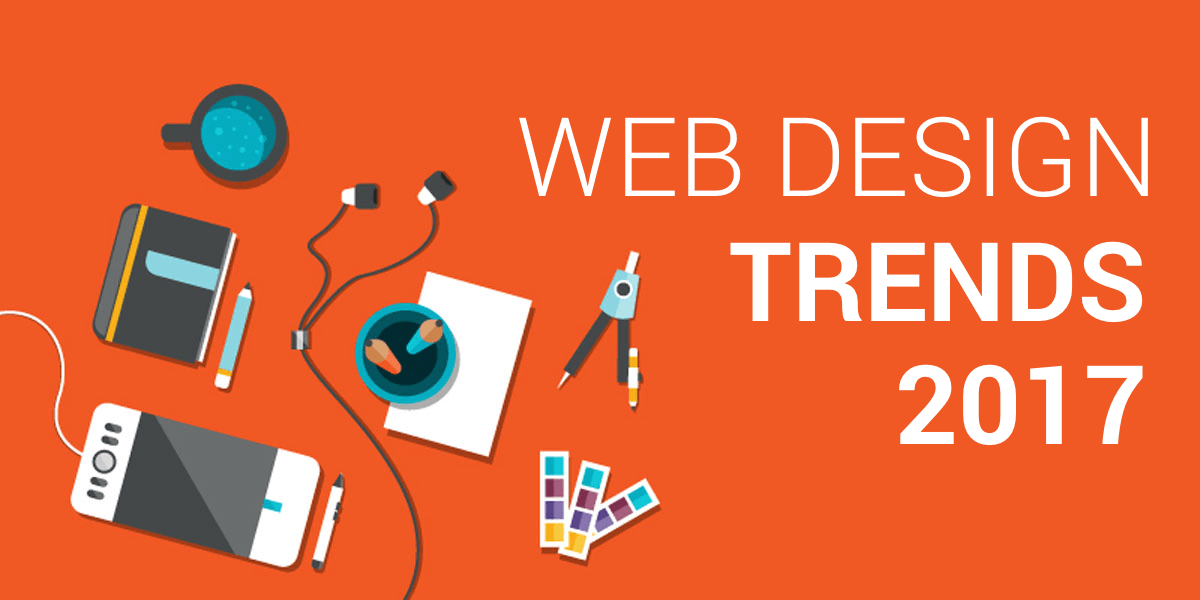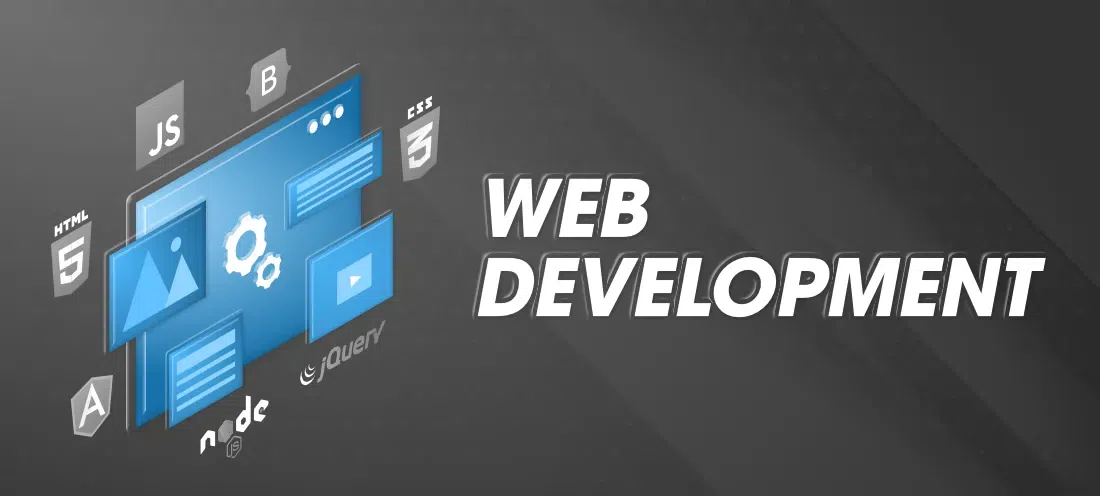Aligned Position Web Design: Building Beautiful and Functional Websites for Your Business
The Most Effective Kinds of Website Design to Boost User Experience and Engagement
In the ever-evolving landscape of digital interaction, the performance of Web style considerably impacts user experience and involvement. Various design approaches, such as minimal, responsive, and interactive layouts, each offer one-of-a-kind benefits that can cater to diverse user demands.
Minimalist Website Design
As digital landscapes come to be significantly cluttered, minimal Web design has arised as an effective approach to enhancing individual experience. This design ideology prioritizes simpleness, concentrating on essential components while removing unneeded interruptions. By utilizing ample white space, uncomplicated navigation, and a restricted shade scheme, minimal design promotes clarity and guides customer focus to essential web content.
The core concept of minimalist website design is to produce a smooth interaction for users. By reducing cognitive tons, users can quickly understand info without really feeling overwhelmed. This direct technique not just enhances usability however also urges interaction, as site visitors are more most likely to discover a website that is visually enticing and very easy to browse.
Furthermore, minimal design usually stresses typography and imagery, making use of these components strategically to communicate messages successfully. This focus on essential components can boost brand identity and create a memorable individual experience. In significance, minimalist website design is not just a pattern; it is a thoughtful technique that identifies the significance of user-centered style. By removing extraneous aspects, developers can develop an extra appealing, reliable, and enjoyable Web experience for all users.
Responsive Web Design
In today's diverse digital atmosphere, responsive Web style has come to be vital for creating a seamless individual experience throughout a multitude of gadgets. As individuals access internet sites on smartphones, laptop computers, tablet computers, and desktops, the capability of a web site to adjust its design and web content to various screen sizes and resolutions is crucial.
Responsive Web layout utilizes versatile grids, images, and CSS media questions to make certain that Web material exists optimally, no matter the device made use of. This approach not only improves the visual appeal of a site yet additionally substantially boosts usability. Customers are more probable to engage with a website that provides a constant experience, as it gets rid of the stress of having to focus or scroll excessively.
By embracing receptive design, organizations can boost their visibility and reach a broader target market. In recap, responsive Web style is a fundamental method that improves user experience, involvement, and total contentment.
Interactive Web Style
Responsive Web layout prepares for enhancing user experience, yet interactive Web style takes this a step even more by engaging users in an extra dynamic method - Aligned Position Web Design. By including components such as computer animations, clickable prototypes, and real-time feedback, interactive Web design mesmerizes users, attracting them into a richer you can check here browsing experience
This technique not just fosters interaction yet additionally urges customers to check out material proactively as opposed to passively consuming it. Strategies such as gamification, where customers earn incentives for completing tasks, can considerably boost the moment invested in a website and enhance general complete satisfaction. In addition, interactive features can streamline complicated details, making it much more delightful and digestible.

Incorporating interactive layout aspects can also cause greater conversion rates, as individuals are more probable to involve with a website that proactively involves them. Aligned Position Web Design. Ultimately, interactive website design transforms customer experiences into memorable trips, guaranteeing that site visitors return time after time
Flat Layout
Defined by its minimalistic strategy, level layout emphasizes simpleness and performance, removing unnecessary aspects and concentrating on vital attributes. This style viewpoint focuses on functionality, guaranteeing that customers can navigate user interfaces easily and efficiency. By using a tidy aesthetic, flat layout eliminates the clutter commonly found in much more ornate designs, thereby enhancing user concentrate on material and functionality.
The hallmark of level style depends on its usage of bold shades, easy typography, and geometric shapes. These components add to an aesthetically enticing user interface that is both approachable and contemporary. In addition, flat style promotes a sense of quality, allowing customers to determine important activities and info without diversion.
Furthermore, level style is especially efficient in responsive Web style, as its simplicity translates well throughout different gadgets and display sizes. By focusing on essential functions, flat design not just fulfills customer demands yet additionally motivates seamless interaction, making it an essential element of reliable Web style methods.
Flexible Website Design
Flexible website design tailors the individual experience by creating multiple fixed designs tailored to different screen sizes and tools. Unlike responsive design, which fluidly readjusts a single format, adaptive design utilizes unique formats for particular breakpoints, guaranteeing ideal presentation on different platforms. This approach allows developers to concentrate on the special features of each gadget, enhancing use by supplying exactly visit the website what customers require based upon their context.
Among the main benefits of adaptive Web style is its capacity to optimize tons times and performance. By offering tailored material and pictures that fit the customer's tool, websites can reduce data usage and boost loading rates. This is specifically useful for customers with slower connections or limited data plans.

Additionally, flexible style helps with a much more regular and regulated branding experience. Because developers create several layouts, they can ensure that the visual aspects align with the brand name's identification across different platforms - Aligned Position Web Design. This causes her response a natural individual experience, boosting interaction and advertising individual retention
Verdict
Minimalist design cultivates clearness and focus, while responsive design makes certain adaptability throughout numerous tools, advertising access. Jointly, these design comes close to add to the development of straightforward environments that not only boost satisfaction but likewise drive higher conversion prices, underscoring their crucial significance in modern Web layout approaches.

Minimalist design cultivates clearness and emphasis, while receptive style makes certain versatility throughout numerous gadgets, promoting access. Jointly, these layout approaches contribute to the creation of user-friendly environments that not just boost satisfaction but likewise drive greater conversion rates, emphasizing their important importance in contemporary Web layout strategies.